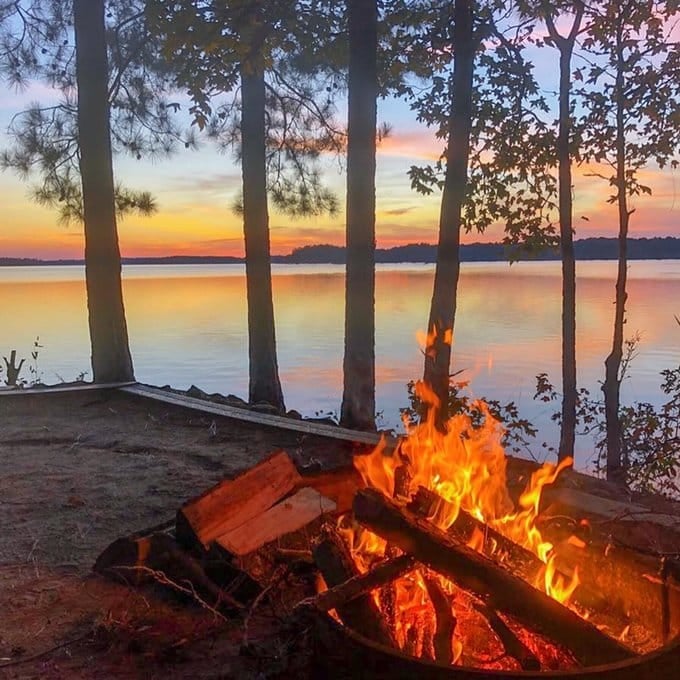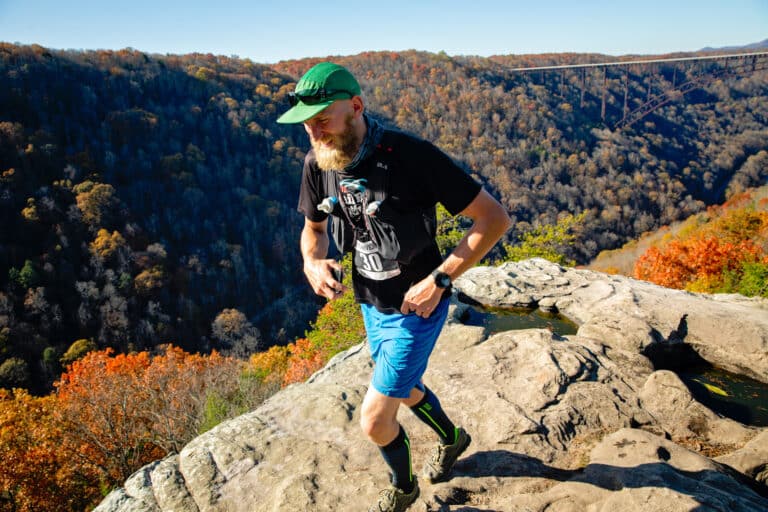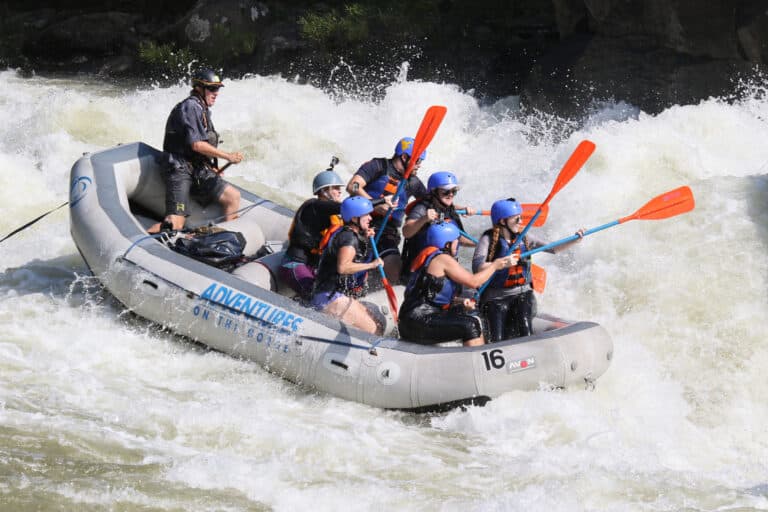Why does the South Beyond 6,000 Challenge exclude dozens of qualified peaks?
South Beyond 6,000 (SB6K) is a unique peakbagging quest that, upon completion, offers a certificate of recognition and a nice little patch. Sponsored by the Carolina Mountain Club (CMC), the challenge involves climbing 40 peaks in the Southern Appalachians that exceed 6,000 feet in elevation. All are found in North Carolina or Tennessee, and nearly one-third have no established summit trail. As of October 2008, the CMC recognizes only 167 official “completers” of the Southern Sixers. This is a good thing, as it’s still possible to do what relatively few have done.
An official Southern Sixer must exceed 6,000 feet while boasting a 200-foot rise from an adjacent gap or a 3/4-mile distance from a neighboring Sixer, according to the CMC. However, this isn’t uniformly applied. Potato Knob, Patton Knob, Spruce Ridge, and West Point, an obvious rise west of Mount LeConte, are excluded, despite meeting the requirements.

The simplest definition of a peak is an obvious closed contour along a high ridgeline. Applying this yields 103 Southern Sixers (104 if you count Benchmark 6110, oddly placed near Mount Hardy), a far more formidable challenge for the peakbagging aficionado. Intriguingly, many of the 63 peaks excluded from SB6K were considered worthy of measurement by Arnold Guyot during his pioneering surveys in the mid-1800s, and at least 8 of these boast official U.S. Geological Survey names commemorating persons of historical significance with regard to early exploration and establishment of public lands in the area.
Some of the excluded peaks are easily summited, but at least half require serious bushwhacking. Thus, it’s still possible to experience these high summits much like Guyot did 150 years ago. The official South Beyond 6000 peaks allow for some of this, if one can ignore the obvious manways and taped routes left behind by those pursuing SB6K speed records with obscene amounts of logistical support (kudos to the CMC for discouraging the survey tape).
Dave Wetmore, SB6K committee member for the CMC, says that the original intent of the Challenge was not to include all of the peaks that met the criteria, but only 40 of them. It was modeled on the 40 Over Four Challenge in New England.
Don’t get me wrong: The official list is a worthy goal, the CMC website does provide plenty of good information, and I certainly had my share of thrills pursuing South Beyond 6,000—beginning with a 4,000 foot slog up Mount Mitchell. Later, I shattered my cell phone in an unassailable windfall atop Mount Guyot. Crawling on all fours allowed me to find the true summit of Reinhart Knob. Lost, I had an emotional meltdown somewhere on the cliffs below Winter Star. And to stand in the balsam prison atop Mount Gibbs was nearly impossible. There was the pastoral charm of Grassy Ridge Bald; the night sky atop Sam Knob; an answer to prayer for water on the long traverse to Cold Mountain; the bushwhacking nightmares that were Luftee Knob and Big Cataloochee; and that endless night trying to sleep on the slopes of Tricorner Knob, enduring a horrendous downpour and the cold that later turned everything to pristine rime. SB6K can be epic.
However, I’d rather claim all 103 legitimate South Beyond 6,000 summits and the added adventure that comes with it. Bound by the CMC criteria, one is robbed of the incredible vistas atop Browning Knob and Shining Rock’s West Quartz, the taste of what Mitchell used to be on its Unnamed South I peak, the rhododendrons on Big Roan Ridge, the view from Clingman’s Peak that explains how Elisha Mitchell could have misidentified the highest summit in 1844, the untrod abundance on Commissary Ridge and Richland Balsam’s Southeast Spur, and the gratification of adding peak names like Big Butt, Horse Rock, and The Jumpoff to one’s climbing resume. Moreover, every time I view Potato Knob’s southwest face from I-40 or the distinctive silhouette of Lickstone Ridge from afar, I am reminded that 103 summits are better than 40. And those 103 Southern Sixers are also great training for this region’s real peakbagging challenge: the 195 Southern Fivers, some of which lie as far as you can get from a road or a trail in the Southeast. •







